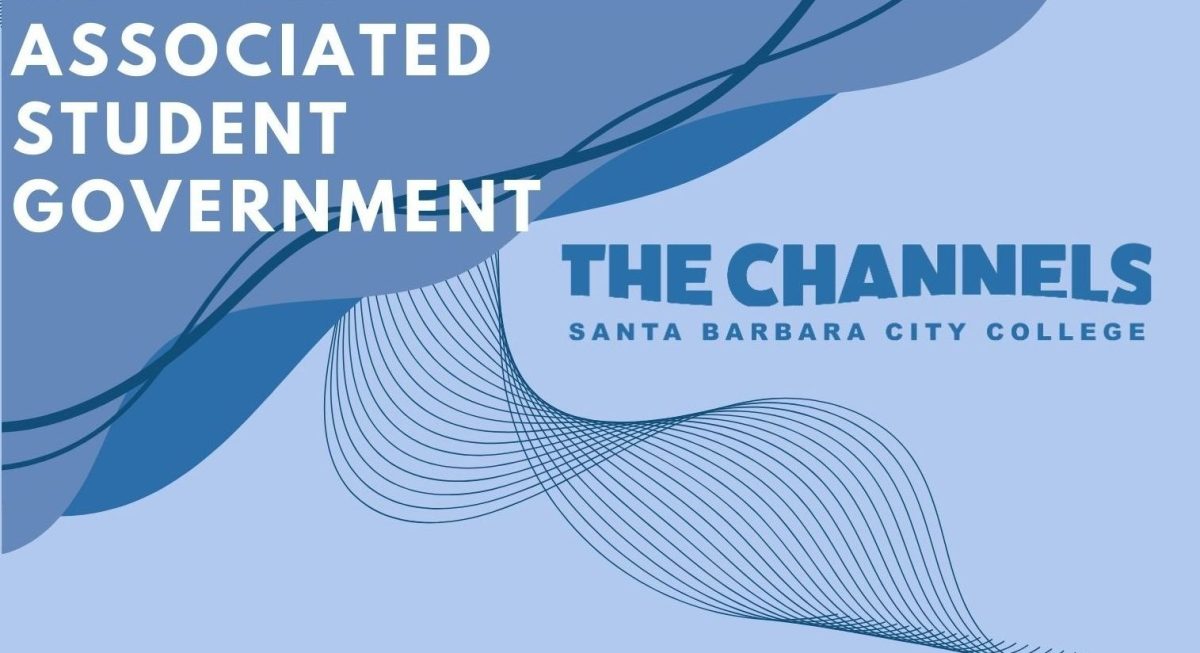Despite continued bad news from Sacramento about college funding, there is no consensus so far on whether students will face higher fees in the fall.
Superintendent-President John Romo confirmed in a budget forum March 22 that Gov. Arnold Schwarzenegger has not included higher student fees in his proposed state budget. Yet Elizabeth Hull, the state’s outgoing non-partisan Legislative analyst, has recommended that enrollment fees be increased.
“She’s pretty influential,” Romo said.
Charging university and community colleges students for their education is attractive to the state government because as students dish out more cash, state officials will save by paying less to each campus.
Even with higher fees, however, City College will continue to face its own financial challenges. Though the campus budget for the ’04-’05 school year totals $63.4 million, 86 percent of this is already allocated to employee salaries.
Romo and Joe Sullivan, vice president of business services, agree the college must deal with a total $1.3 million loss in state revenue they expected to get but will not, under the governor’s January budget proposal.
The governor wants to stop distributing the $80 million statewide he promised to community colleges as part of an “equalization plan.” The money would have addressed the fact that different colleges get vastly different per student funding from the state. Santa Barbara, for example, receives $114 per student from equalization; Riverside Community College receives more than $155 per student.
“We’re definitely a low-revenue district, there’s no doubt about it,” Sullivan said in a March 29 interview. “As a low-revenue district, we want equalization.”
The Continuing Education program also faces an equalization cut of about $500,000, he said.
The state also wants to stop paying teachers’ retirement funds and plans to place the costs onto the shoulder s of the school districts. This would cost City College $600,000 next year.
A few years ago, Sullivan said Sacramento began shifting the cost of public employees’ retirement funds from state control to school districts. As a result of that decision, City College already pays more than $1 million every year. The college’s share of teacher pensions could continue to rise each year.
While state bond money will pay most of the $7. 37 million cost of renovating the Sports Pavilion-Life Fitness Center, City College must contribute $3.2 million.
With that and other funding realities in mind, Sullivan and Romo have begun warning that the college cannot continue to spend more money than it takes in. This year, the campus overspent its revenue by up to $3 million. Romo calls this a “structural deficit.”
To handle this deficit and the effects of the deficits of the past few years, Romo has launched a collegewide effort to find ways to offer classes and support services more efficiently and to eliminate any duplications in campus services. This effort, called the “College Consultative Process,” has yielded literally thousands of pages of recommendations that could, eventually, lead to class and program cuts.
Those recommendations will be discussed in the coming months.






